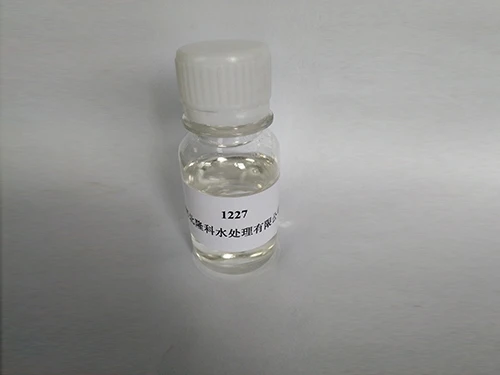Understanding Flocculation Chemicals and Their Importance in Water Treatment Processes
Understanding Flocculation Chemicals Principles and Applications
Flocculation is a critical process in the fields of water treatment, wastewater management, and various industrial applications. It involves the agglomeration of fine particles into larger clusters or flocs, which can then be easily separated from liquids. The efficiency of this process heavily relies on the use of flocculation chemicals, which play a vital role in enhancing the aggregation of particles.
Flocculation chemicals, often known as flocculants, can be categorized into several types based on their chemical composition and mechanism of action. Common types include organic polymers, inorganic salts, and natural coagulants. Each of these types works differently to aid the flocculation process.
Understanding Flocculation Chemicals Principles and Applications
Inorganic Salts Traditional inorganic coagulants like alum (aluminum sulfate) and iron salts are also extensively utilized. They work by neutralizing the negative charges on particles, allowing them to come together and form larger flocs. Though effective, they may require careful pH adjustment to optimize performance.
flocculation chemicals

Natural Coagulants Derived from plant and animal sources, natural coagulants provide an eco-friendly alternative to synthetic options. Moringa seeds and chitosan are examples of natural flocculants that have gained attention for their efficiency in removing turbidity from water while being biodegradable.
The choice of flocculation chemicals depends on various factors, including the nature of the particles, the desired outcome, and environmental regulations. For instance, in municipal wastewater treatment, the objective is often to remove suspended solids and organic matter efficiently. In contrast, in industrial processes such as mining, the focus may be on recovering valuable minerals and separating waste.
The optimization of flocculation processes involves several operational parameters, including dosage of flocculants, mixing speed, and settling time. Accurate dosing is crucial, as both underdosing and overdosing can lead to poor floc formation and increased operational costs. Advanced monitoring and control systems are increasingly being used in modern applications to ensure optimal performance.
Furthermore, the environmental impact of flocculation chemicals is an important consideration. While many synthetic flocculants are effective, concerns regarding toxicity and the potential for residual chemicals in treated water have led to increased interest in natural coagulants. By choosing environmentally friendly options, industries can minimize ecological footprints while maintaining treatment efficacy.
In conclusion, flocculation chemicals are essential tools in the effective management of water and wastewater treatment processes. By understanding the different types of flocculants and their respective mechanisms, operators can tailor their approaches to specific applications, enhancing the overall efficiency of the treatment process. As technology advances, ongoing research will likely lead to even more effective and sustainable flocculation methods, benefiting both industry and the environment.
-
lk-319-special-scale-and-corrosion-inhibitor-for-steel-plants-advanced-solutions-for-industrial-water-systemsNewsAug.22,2025
-
flocculant-water-treatment-essential-chemical-solutions-for-purification-processesNewsAug.22,2025
-
isothiazolinones-versatile-microbial-control-agents-for-industrial-and-consumer-applicationsNewsAug.22,2025
-
scale-inhibitor-key-solutions-for-water-system-scale-preventionNewsAug.22,2025
-
organophosphonates-versatile-scale-inhibitors-for-industrial-water-systemsNewsAug.22,2025
-
scale-and-corrosion-inhibitor-essential-chemical-solutions-for-water-system-maintenanceNewsAug.22,2025





